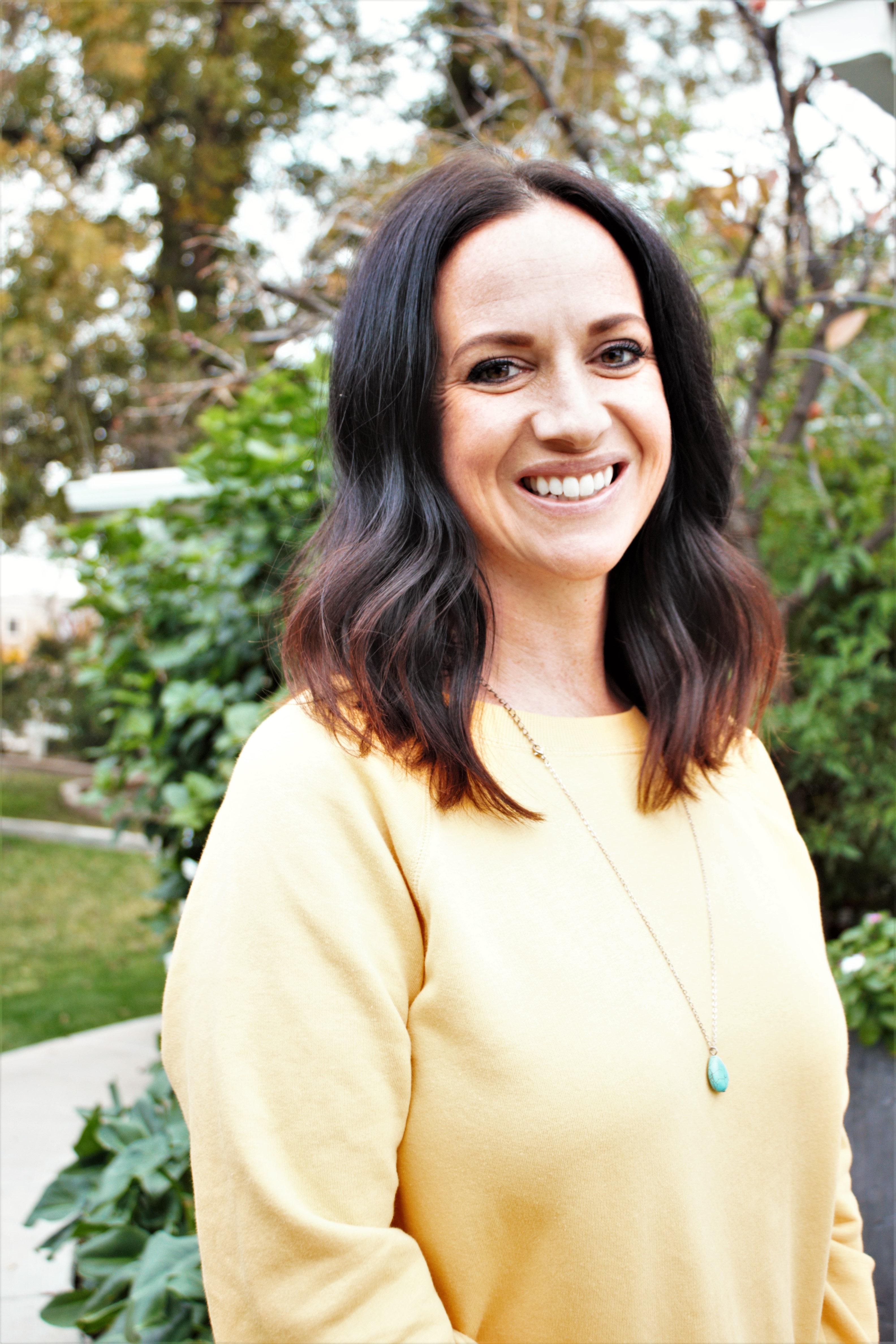Relationships: Creating a Class of Connection
Last week, we discussed that while many of your students have experienced great struggle and difficulty, many have also shown incredible resilience and growth. What does this mean for your classroom, and how does it come into your day-to-day interactions with your students? There is no simple answer nor a specific formula that is a one-size-fits-all for every student. But what is clear is that all children need to feel cared for and supported.
Research tells us that relationship building is a significant piece of creating a trauma-sensitive classroom. In other words, one of the most important tools in your survival guide remains YOU - building up the heart of teacher means focusing on relationships and you are central to making this happen.
Relationship building might seem easy when it comes to your students who easily connect. For those who listen quickly and rarely disrupt, it is not hard to build rapport. However, for the students who have been affected by trauma, it’s not always as easy to connect with them. Yet, this connection remains all the more crucial.
Why is it more challenging to build relationships with these students? To be frank, these students may do things to disappoint you, anger you, or they might not show any interest in wanting to connect with you or other students. It is much harder to build a connection with a student who is doing everything to push you away.
Psychologist Carl Rogers was the first to talk about the idea of unconditional positive regard; the concept that a person should be accepted and supported regardless of what they might do or say. This notion can be useful for building-relationship with your students, particularly those who come with a history of trauma. Being consistent in unconditional warmth and acceptance day-after-day regardless of negative behavior builds trust with a student who might not have that consistency in other places.
This is not easy. Let’s think for a minute about the students who show no interest in building a relationship with you. They use all kinds of strategies to avoid having to build a relationship; not speaking, being disruptive, being disrespectful. Most of you have witnessed students finding even more elaborate ways to push away those around them.
Now, imagine that these young people who are pushing you away have never had a secure attachment with an adult. They may be reacting this way, because they have been rejected by the ones closest to them in the past. It makes more sense now why, at their core, some students are scared to trust anyone and will do whatever it takes to protect themselves. This is where a teacher has an immense challenge but also an incredible opportunity. Teachers can use consistent empathy, genuineness, and warmth to build secure relationships with their students. If positive day-to-day interactions are prioritized every single day, a classroom culture that is sensitive to trauma and builds resilience is created.
Teachers have the ability to be a part of the healing process for students affected by trauma. Unconditional positive regard takes practice; it takes patience not just with your students but with yourself. You are human. We are all at times triggered by certain behaviors of a student. As we discussed in Tip 1, using mindfulness, you can self-regulate and achieve a balanced brain by purposefully paying attention to the trigger, your emotions, and how to move toward acceptance and openness. Practicing self-regulation and showing continued support to your students even in the face of extreme negative behaviors will increase trust and connection which in turn cultivates the foundation for student growth and resilience.
This does not mean that your students can do whatever they want or that classroom expectations do not exist. Rather, you operate from a place of unlimited and unconditional positive regard at your base and any consequences are delivered with that in mind. Your care and support shines through in your classroom expectations and procedures. This unconditional positive regard is at the heart of every effective teacher.
Take Action
Reflect on student behaviors that have caused you to feel disappointed, angry, or frustrated in the past. Think back on one of these triggering experiences. What emotions did you feel when you were triggered? What physical responses (i.e. racing heart, quickened breathing, tightening throat, etc.) did you have? How did you respond to the student? Now, make a proactive response plan that determines ahead of time how you want to respond to these triggers, allowing you to move away from reactive responses toward ones that are mindful.
